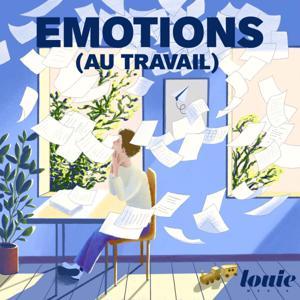Découvrez le LIVRE Neurosapiens !
Pour apprendre à créer rapidement et à moindre coût son podcast, c'est par ici !
Aujourd'hui je vous partage des méthodes de travail issues des recherches en psychologie et cognition pour améliorer vos révisions et votre organisation, et attaquer le semestre de façon plus sereine.
Recherches et écriture : Thaïs Marques
Animation & réalisation : Anaïs Roux
Production : Anaïs Roux & Lacmé Production
Instagram : https://www.instagram.com/neurosapiens.podcast/
Pour m'écrire : [email protected]
Audio :
Play-Doh meets Dora - Carmen María and Edu Espinal
Good times - Patrick Patrikios.
Références
Karpicke, J. D., & Roediger III, H. L. (2008). The critical importance of retrieval for learning. science, 319(5865), 966-968.
Psychological Correlates of University Students’ Academic Performance: A Systematic Review and Meta-Analysis (Richardson et al., 2012)
Improving Students’ Learning With Effective Learning Techniques: Promising Directions From Cognitive and Educational Psychology (Dunlosky et al., 2013)
- Neural mechanisms of mental fatigue (Ishii et al., 2014)
Albulescu, P., Macsinga, I., Rusu, A., Sulea, C., Bodnaru, A., & Tulbure, B. T. (2022). " Give me a break!" A systematic review and meta-analysis on the efficacy of micro-breaks for increasing well-being and performance. Plos one, 17(8), e0272460.
- Long-Term Effects of Attentional Performance on Functional Brain Network Topology (Breckel et al., 2013)
- Spatially Distributed Effects of Mental Exhaustion on Resting-State FMRI Networks (Esposito et al., 2014)
Investigating the testing effect: Retrieval as a characteristic of effective study strategies (Bae & al., 2019)
Rethinking the Use of Tests: A Meta-Analysis of Practice Testing (Adesope & al., 2017)
The Effect of Testing Versus Restudy on Retention: A Meta-Analytic Review of the Testing Effect (Rowland 2014)
Hébergé par Ausha. Visitez ausha.co/politique-de-confidentialite pour plus d'informations.




































